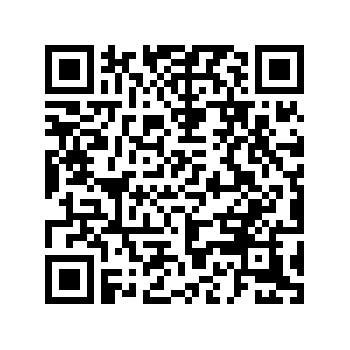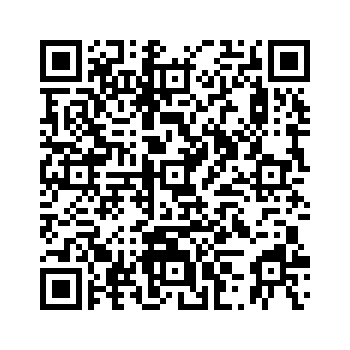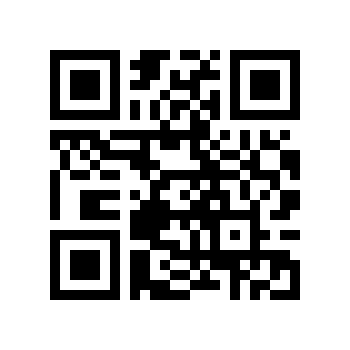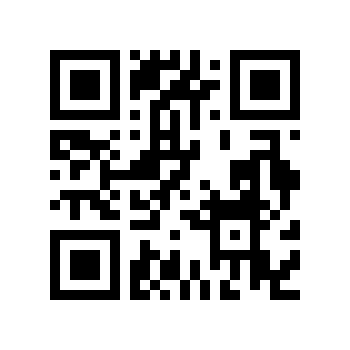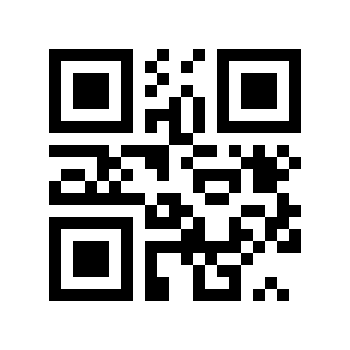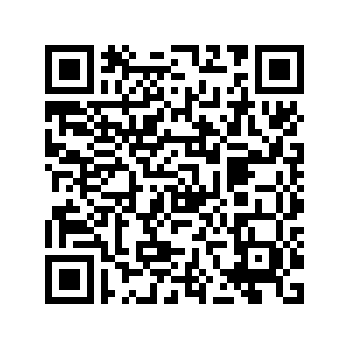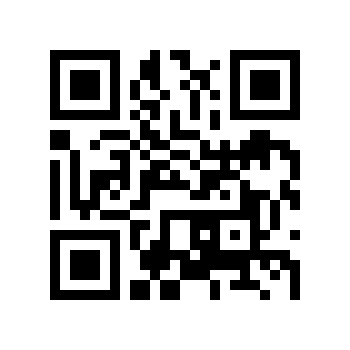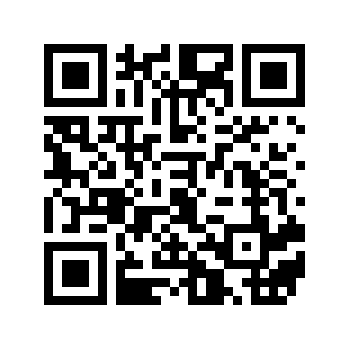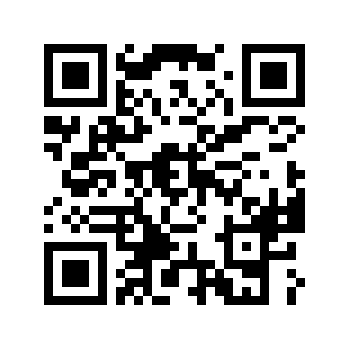QR CODES
When used correct, they can be a great tool for your businessQR codes (Quick Response Code) were developed by Toyota in 1994 to track vehicles during the manufacturing process. Since then their use has grown and they are now wide spread and are one of the most used two dimensional barcodes today. They can be a great tool for marketers and allow quick access to information that could otherwise be cumbersome to enter into a mobile phone.
Here are some ways that QR codes can be utilised.
-
QR Code Contact information (business cards, company brochures)
-
QR Code Calender event
-
QR Code Email address
-
QR Code Geo location
-
QR Code Phone number
-
QR Code SMS
-
QR Code Website link
-
QR Code YouTube link
-
QR Code Text
-
QR Code Wifi Network
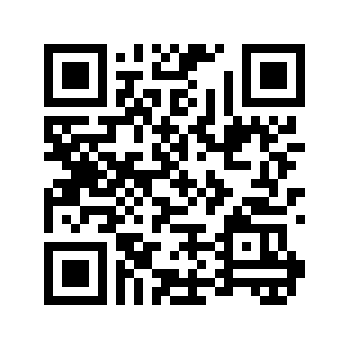 Some great places to use QR codes include:
Some great places to use QR codes include:
POS material
- Link to testimonials online
- Link to videos
- Link to a website
- Link to social media site
Print advertising
- Link to testimonials online
- Link to videos
- Link to a website
- Link to social media site
Business cards
- Contact information
Restaurant menu’s
- Link to a video of the head chef
- Link to social media or review site
Video game packaging
- Link to testimonials online
- Link to videos of game play
- Link to a website
Café
- Use a QR code to provide your wifi access details
- Coffee card
- Link to social media or review site
SMS VIP club
- Use a QR code with predetermined areas filled out for a SMS VIP club
Here are a few pointers for you if you are thinking of using QR codes:
- If you are linking to a website from a QR code ensure that the website is mobile optimised so that users have a good experience.
- Test your QR codes on a number of devices and scanners to check that they do work on different operating systems. If you are going to add colour or a logo test even more extensively, you don’t want to print thousands of brochures to find that the QR codes don’t work on certain phones.
- Think about the process that a user will have to go through when scanning a QR code. Is it viable that someone will scan a QR code on the side of a bus? Probably not.
- Once again think through the process of what a end user will do. Most of the time a link on a website will be more useful and user friendly than putting a QR code on a website. One example where a QR code may be helpful on a website is for a map. This will allow the end user to scan the QR code, open up the map with Google Maps and get directions on their mobile phone. (Yes, I know we have included QR codes on this page, we wanted to show you examples of them).
- Be wary if you are using a gloss or highly reflective material. This might hinder the scanning process.
- Add details of what users should do.
- Get a scanner from App Store or Google Play
- Scan the code
- Prompt the user on what to do for the next step
- Be aware that the more information you use in the QR code the longer it will take to scan. If you have a long URL you may want to use a service like Google URL shortener to shorten the URL.
- You can set up campaigns in Google Analytics so that you can track scans. Google URL shortener is another way that you can track scans.
If you require any assistance or would like to discuss how you can implement QR codes into your marketing strategy give us a call on 02 4306 0583 or go to our contact us page to send an enquiry form.

